Choosing the Right WordPress Page Builder: Why Gutenberg Sets You Up for the Future
This article explores the landscape of WordPress page builders—like Divi, Elementor, WPBakery—and explains why, from Alchemy + Aim’s perspective, Gutenberg, the native WordPress block editor, is the most future-proof choice.
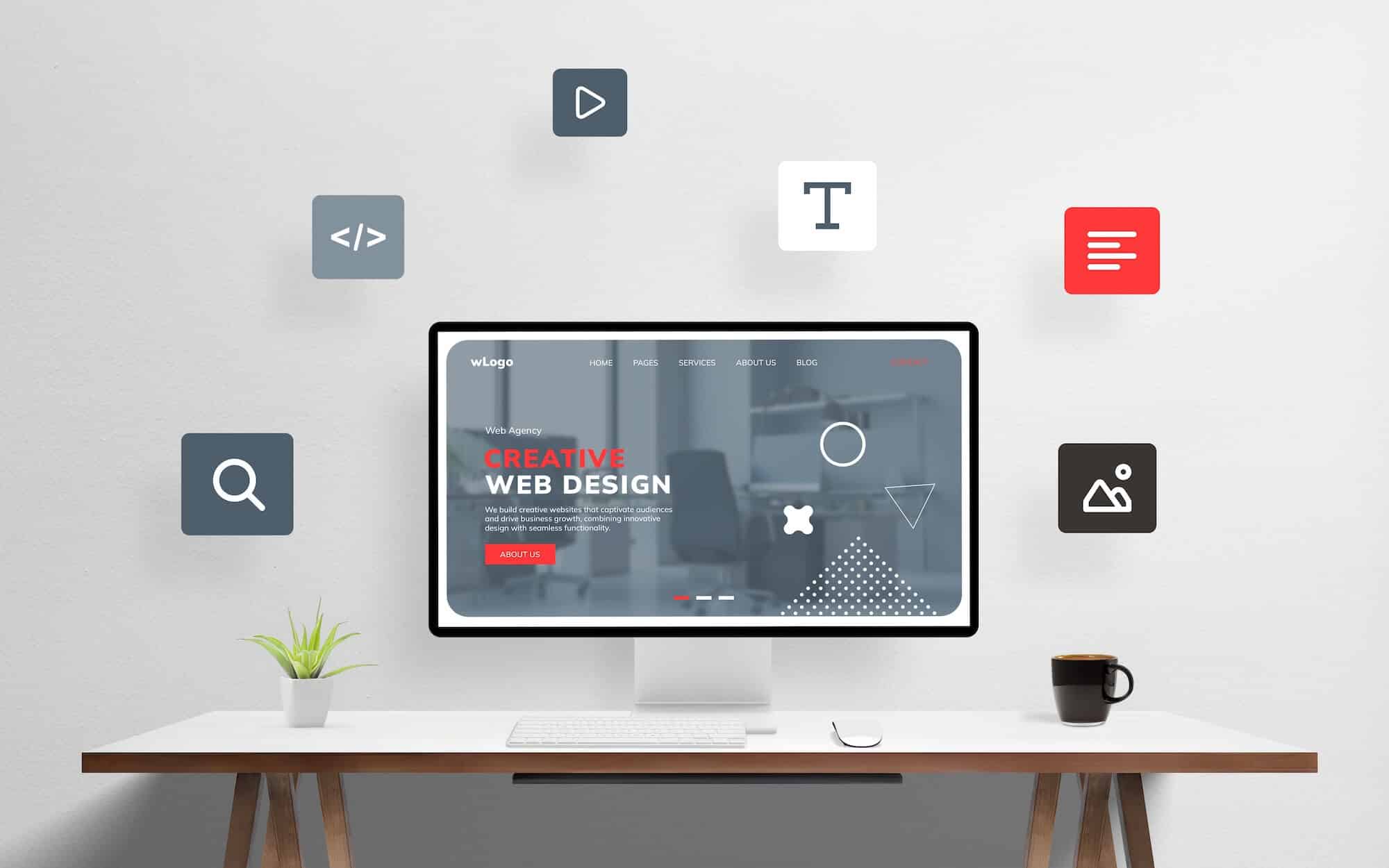
When it comes to building a WordPress site, the tools you choose matter. They don’t just shape what your site looks like today: they influence how it performs, how easily it can evolve, and how much it will cost you in the long run. One of the biggest decisions is which page builder to use.
With so many options like Divi, Elementor, WPBakery, and Gutenberg (and different developers all recommending their favorite tool), it can feel overwhelming. Each promises flexibility and design freedom. But not all builders are created equal. Some will support your business ecosystem as it grows; others will create limits you’ll eventually have to rebuild your way out of.
At Alchemy + Aim, we’ve worked with all of them. We’ve seen what happens when clients invest heavily in design, only to find themselves boxed in by a cheap or short-term development tool. That’s why we build with Gutenberg — the native WordPress block editor — and why we believe it’s the smartest foundation for your business.
Let’s take a closer look at the leading page builders, their strengths and limitations, and why Gutenberg sets your website (and your business) up for long-term success.
1. Gutenberg
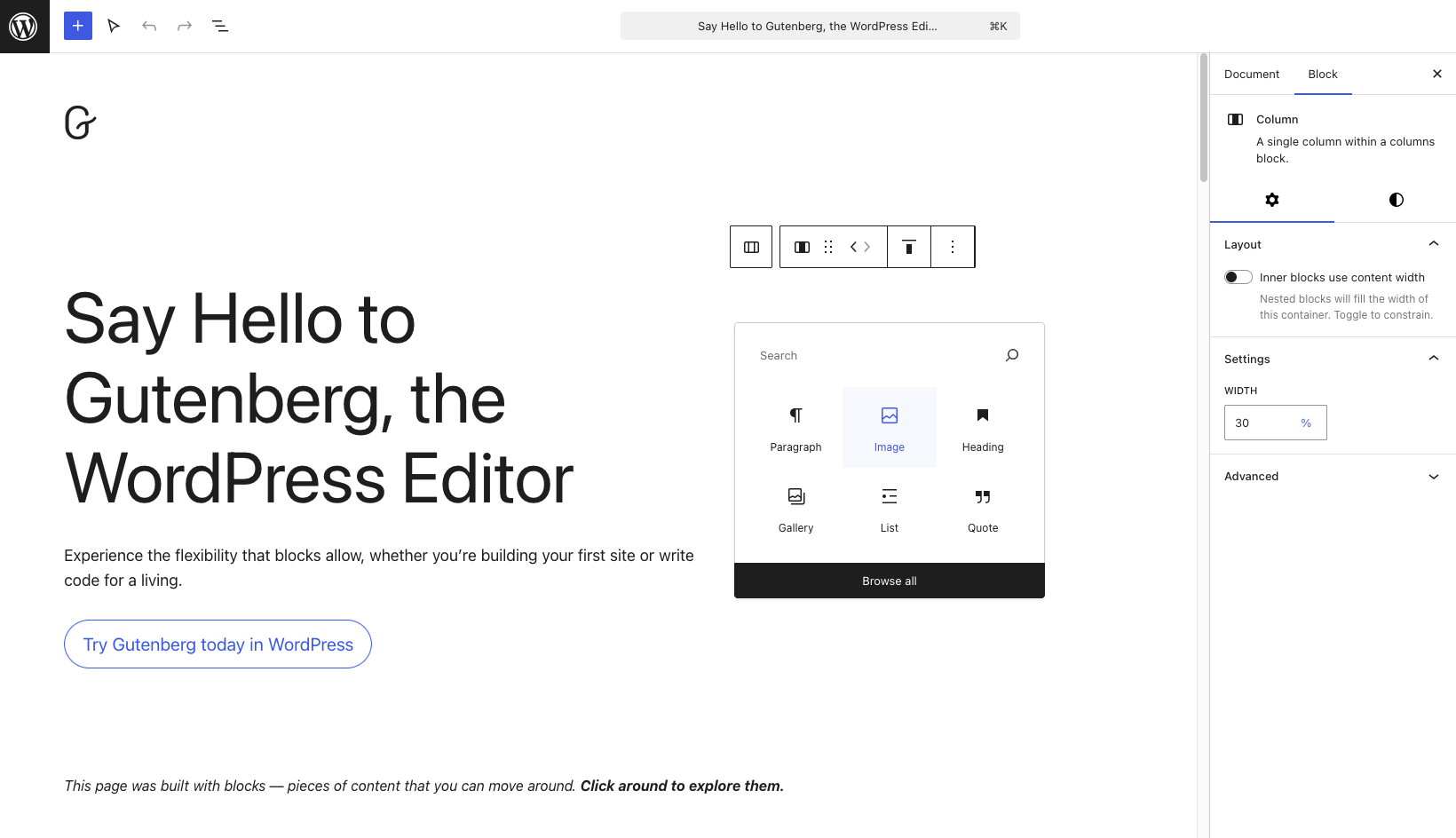
Gutenberg is WordPress’s own block-based editor, built directly into the platform. No third-party plugin required. That makes it fast, reliable, and future-proof.
Strengths:
- Native to WordPress: Built into the core, so it will always be supported.
- Performance: Lightweight code means faster load times — a direct boost to SEO and user experience.
- Flexibility: Works with virtually any theme, and block themes unlock even more customization.
- No lock-in: Switch themes or scale your site without being trapped in one ecosystem.
- Cost-effective: Free to use, with an ever-growing library of free add-ons and patterns.
Limitations:
- Still evolving — fewer built-in blocks compared to Elementor or Divi, though new features are released constantly and there are block extension packs that greatly increase its range.
Cost: Free
Ecosystem view: Gutenberg is aligned with the way WordPress itself is evolving. It’s adaptive, extensible, and designed for the long term. For us, that’s key: we don’t want your site boxed in; we want it to breathe and grow with your business.
2. Elementor Pro
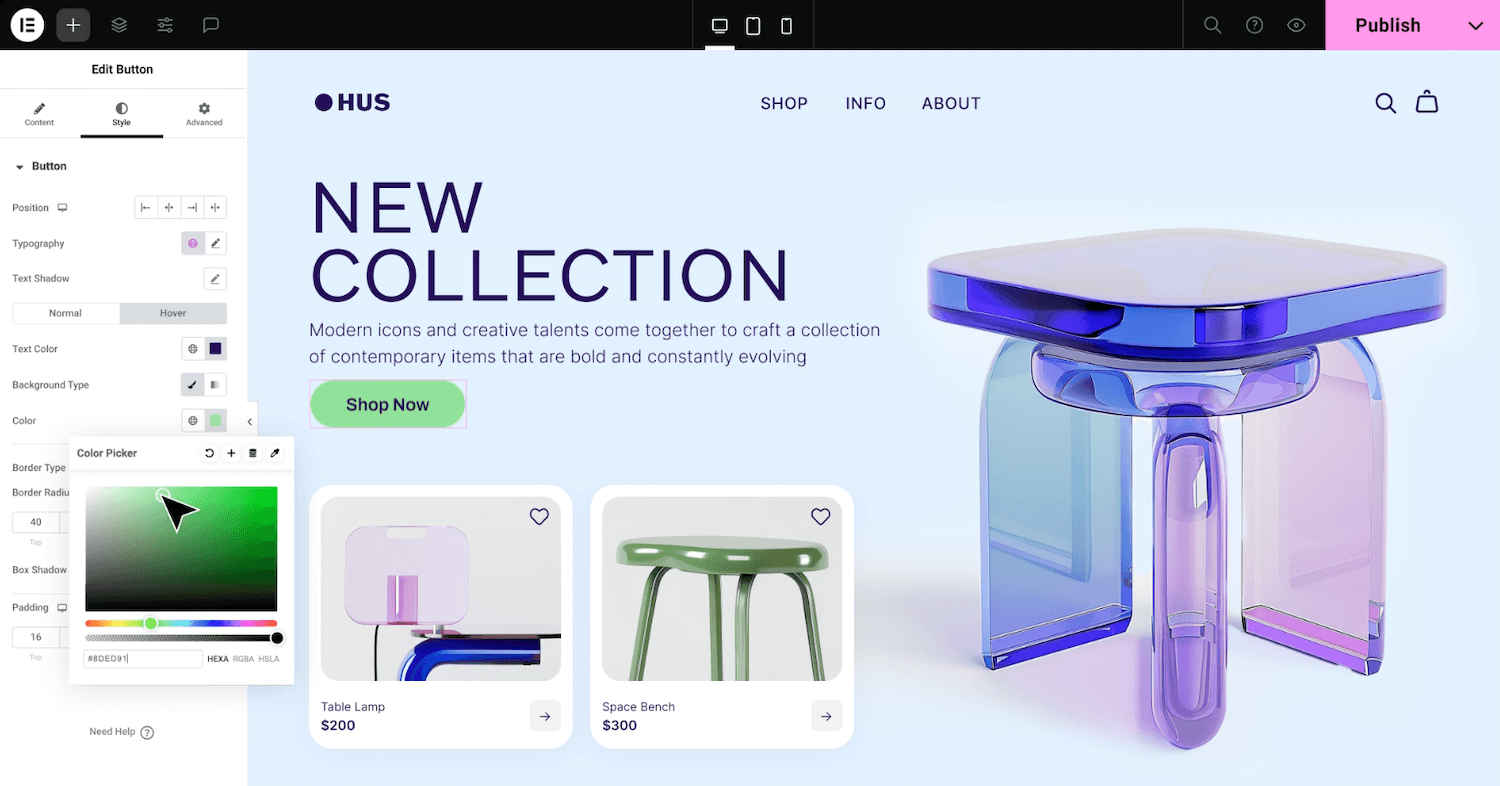
Elementor is often chosen for its vast library of widgets and design flexibility. It’s powerful, but that power comes at a cost.
Strengths:
- 57+ widgets and advanced design controls.
- Large community and add-on ecosystem.
- Theme builder, effects, transitions, and form builder included.
Limitations:
- Performance: Heavy code can slow your site significantly.
- Hidden costs: To unlock full functionality, you need to pay for Pro and often additional third-party add-ons.
- Not future-proof: You’re dependent on Elementor’s updates and pricing model.
Cost: $60+/year
Ecosystem view: Elementor can look appealing as a quick solution, but we’ve seen businesses outgrow it — fast. Sites built here often require expensive rework when performance issues pile up.
3. WPBakery
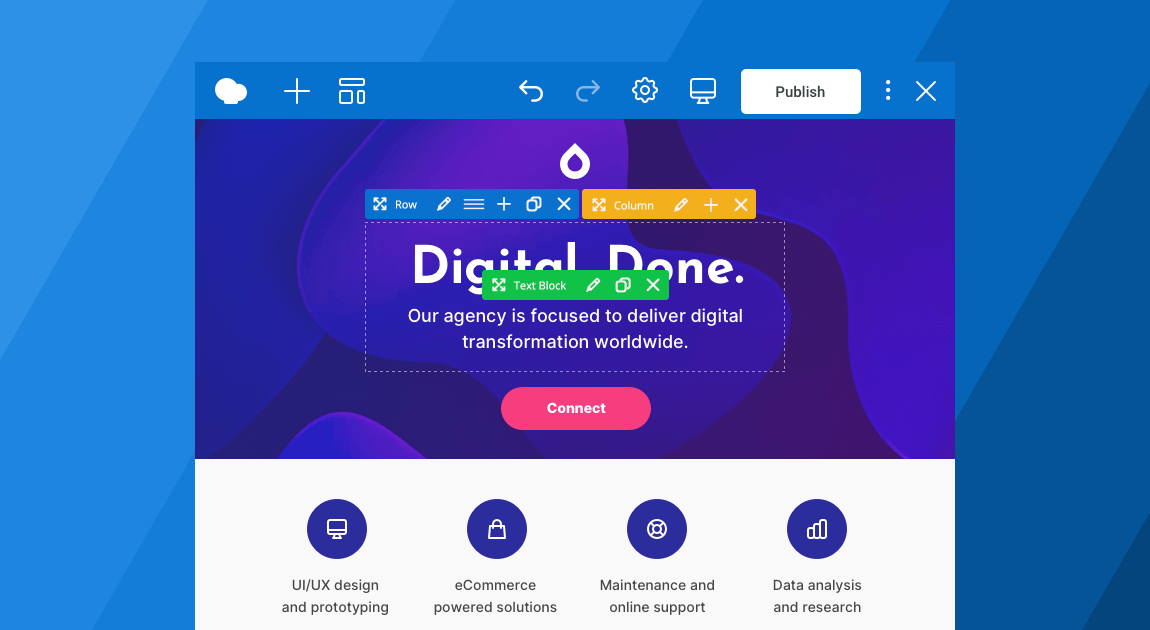
One of the oldest builders, WPBakery has both backend and frontend editing. It’s often bundled with premium themes.
Strengths:
- Backend + frontend editors.
- 50+ elements and template library.
- Works well with bundled premium themes.
Limitations:
- Outdated user experience.
- Clunky and slower than newer builders.
- Not evolving at the pace of WordPress itself.
Cost: $69 one-time
Ecosystem view: WPBakery can work if it comes bundled with your theme, but it’s not a tool we recommend investing in for the long haul.
4. Divi
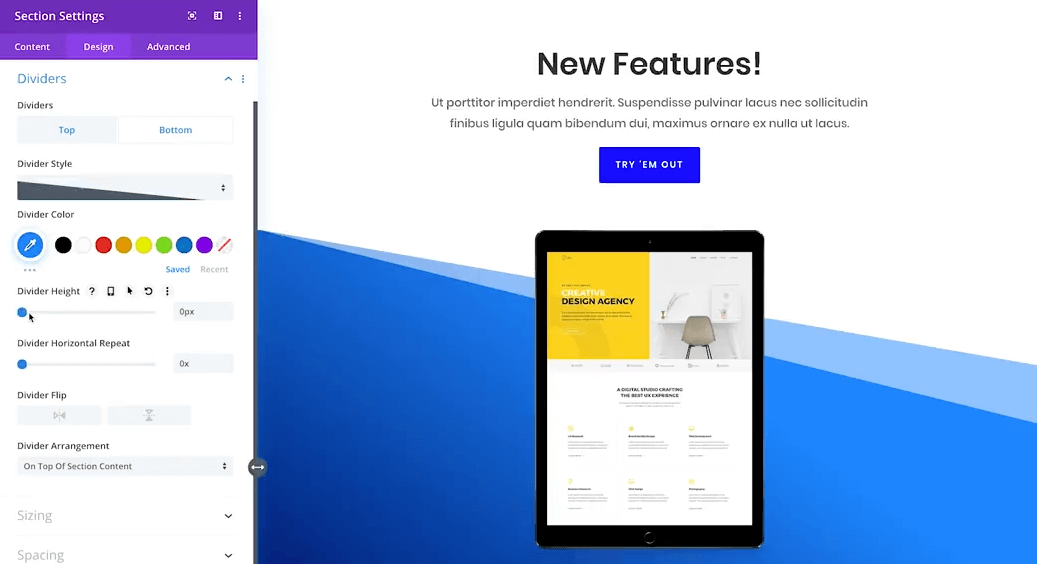
Divi has a devoted following thanks to its sleek templates and powerful customization options. It’s a favorite of designers who want a lot of visual control.
Strengths:
- 200+ layouts and design packs.
- Developer-friendly with advanced CSS and A/B testing options.
Limitations:
- Performance: Resource-heavy, which slows sites down.
- Lock-in effect: Really only works with the Divi theme.
- Learning curve: Steeper than other builders.
Cost: $89/year
Ecosystem view: Divi looks great up front but creates dependency. Many clients come to us after realizing they can’t easily move away from it. That kind of lock-in undermines flexibility — the opposite of what your business ecosystem needs.
So, What’s the Best Page Builder?
For us, the answer is clear: Gutenberg.
It’s free, fast, reliable, and evolving right alongside WordPress. It gives you flexibility without lock-in, efficiency without bloat, and cost savings without sacrificing capability. More importantly, it sets you up for growth.
Your website is part of your larger business ecosystem. If your tools are heavy, restrictive, or short-sighted, your ecosystem suffers. But when your foundation is adaptive and scalable, your business can flourish. That’s why we exclusively build with Gutenberg at Alchemy + Aim.
We don’t chase cheap fixes. We build sites that support your future.
If you’re planning a new site — or if you’re tired of fighting with a clunky Elementor or Divi build — let’s talk. We’ll help you create a website rooted in Gutenberg, one that’s designed to evolve with you, not against you.
Schedule a Call